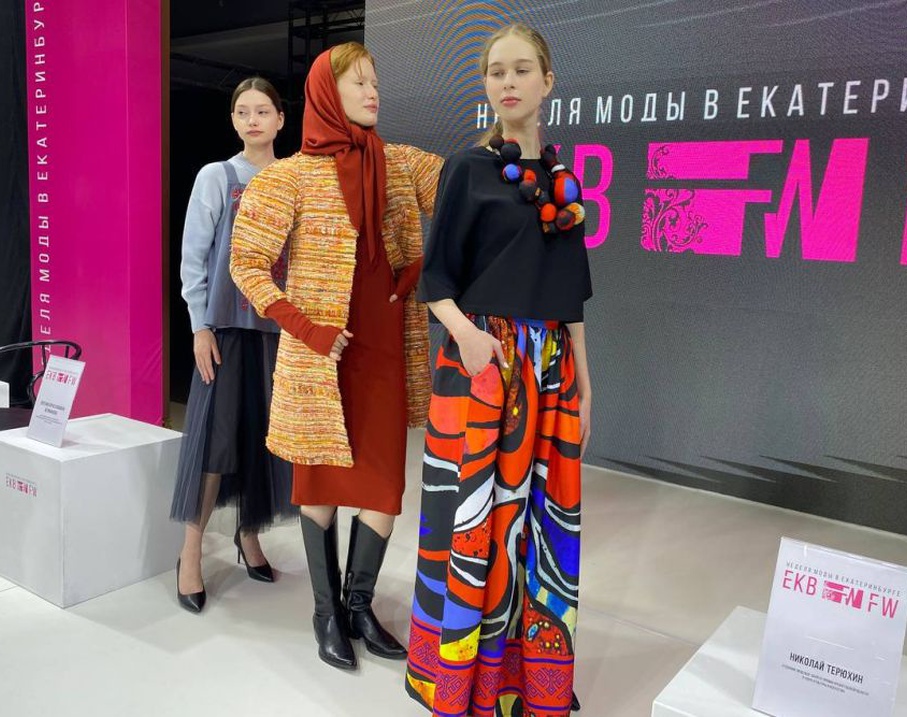
The popularization of Russian brands can be seen as support for students who are studying in the fashion industry. On a separate day of Fashion Week, a debut show of the best student works from specialized universities will take place, including guests from Moscow, St. Petersburg, Kazan, and Ivanovo.
Seventy designers from around the country, including special guest Nikolay Teryukhin - the author of more than 130 collections, a laureate of the Archangel Region Cultural and Art Award, and the head of the department for costume sewing, restoration, and preservation of the State Academic Northern Russian Folk Choir - have been invited to showcase their collections. Teryukhin will present a new collection that reinterprets the cultural heritage of the Pomor people, incorporating ethnic motifs.
"It is gratifying that the organizers of Fashion Week are starting to pay attention to Russian style and elements of traditional costumes in modern clothing. We have brought fragments of the 'In Love with the North' collection, which includes embroidery elements and vintage fabrics that we collect on expeditions and then give a second life," briefly described Nikolay Teryukhin.
Ksenia Ilauski, a member of the Russian Designers Union, an art critic, and a representative of Yugra, noted a trend among contemporary fashion designers to reflect cultural heritage through fashion and design. Interpreting and integrating canonical patterns and ornaments into modern collections is quite challenging, but there is a demand for originality today. This helps young designers grow into independent segments of small businesses and become self-sufficient. In their collections, they increasingly strive to answer the questions: "Who are we, what do we want to wear, and how do we want to present ourselves to the world?"
"The trend for folk art is still going strong. The younger generation simply chooses the style and form, but they need meaning. In one of the collections, we will introduce you to complex technical experiments that will show oil spills on clothing in a different color scheme, not just as the familiar black stain of oil. These results were provided to us by the Oil and Gas Geology Museum of Khanty-Mansiysk. And we were able to see a drop of oil from the legendary Samotlor field in a completely different color spectrum," said Ilauski.
Another collection from the Khanty-Mansiysk Autonomous Okrug (KhMAO) draws inspiration from the archaeology of Western Siberia and the Urals. Designers specifically studied the Koulai culture, known for bronze casting and hunting, to create this collection.
Two days have been dedicated to showcasing children's collections by the organizers. On the final day, the runway will be handed over to models wearing the designs of Ural designers, including representatives from Tyumen and Ekaterinburg.

















